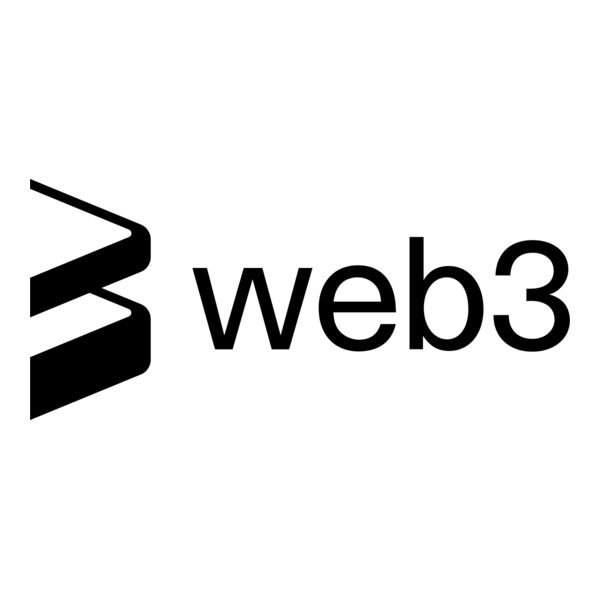Key Takeaways
- Web3 empowers users to own their data, identity, and digital assets through blockchain-based systems.
- 2025–2026 marks Web3’s maturity, as practical applications replace early speculation.
- The shift to a user-owned web represents not just technology—but a rebalancing of digital power.
The Internet’s Next Act
In 2025, the internet looks both familiar and radically different. While billions still scroll, stream, and transact daily, the underlying structure of the web is evolving. The buzzword once confined to crypto circles—Web3—has become a central theme in conversations about digital ownership, privacy, and power. But what is Web3, really, and why does it matter as we enter 2026?
Web3 is the internet’s third major phase—a decentralized model built on blockchain technology that aims to return control of data and identity to users, not corporations. It’s not just a technological shift; it’s a philosophical and economic one that challenges the web’s existing power dynamics.
From Web1 to Web3: A Brief Evolution
To understand Web3’s significance, it helps to revisit where we came from.
- Web1 (1990s–early 2000s): The “read-only” web. Users consumed content but had limited interaction.
- Web2 (2004–present): The “read-and-write” era dominated by social media and user-generated content—but also by centralized platforms like Google, Meta, and Amazon, which monetized user data.
- Web3 (emerging 2020s): The “read-write-own” web, where users not only create and consume but also own digital assets and identities via decentralized networks.
This shift from platform control to user empowerment defines Web3’s revolutionary potential.
How Web3 Works in 2025
At its core, Web3 uses blockchain technology—the same distributed ledger that powers cryptocurrencies—to verify ownership, execute smart contracts, and ensure transparency without intermediaries.
In 2025, this has evolved beyond speculation and hype. Governments and major enterprises are experimenting with decentralized identity systems. Creators use non-fungible tokens (NFTs) not as collectibles but as digital certificates of ownership for intellectual property and brand assets. Decentralized Autonomous Organizations (DAOs) are being adopted by startups and even some public institutions to enable transparent, collective decision-making.
What makes Web3 transformative is its potential to restructure digital economies. Instead of renting access from platforms, users can now hold verifiable stakes—earning directly from their contributions or interactions.
Key Applications Driving Web3 in 2025–2026
The most successful Web3 initiatives are quietly reshaping industries.
- Finance (DeFi): Decentralized finance has matured into regulated hybrid systems that bridge traditional banking and crypto assets. Many 2025 fintech apps now operate on multi-chain frameworks.
- Digital Identity: Self-sovereign identity (SSI) systems give users control over credentials, enabling secure verification without exposing personal data—a major leap for privacy and compliance.
- Gaming and Virtual Worlds: Play-to-earn models have evolved into sustainable “create-to-earn” ecosystems where players co-own in-game economies.
- Media and Ownership: Journalists, musicians, and filmmakers are using Web3 contracts to receive royalties directly from audiences, bypassing intermediaries.
Web3 is not replacing the web—it’s redefining the trust layer beneath it.
Challenges: Reality vs. Vision
Despite its promise, Web3 faces serious hurdles.
Scalability remains an issue—blockchains struggle to process massive transaction volumes. Usability is another barrier; while 2025 wallets and interfaces are far simpler than early prototypes, onboarding new users still requires a learning curve.
Moreover, regulation is catching up. The 2025–2026 wave of global digital asset laws aims to clarify compliance for decentralized services. Critics argue that too much regulation risks recentralizing control, while proponents say it’s necessary for legitimacy and consumer protection.
Security concerns persist as well. While Web3 eliminates certain vulnerabilities, it introduces new ones—like smart contract exploits and governance manipulation. In short, decentralization doesn’t mean invulnerability.
Why Web3 Matters Now
For years, “Web3” was a speculative buzzword tied to volatile cryptocurrencies. By 2025, it has matured into a structural shift in how digital life operates. As artificial intelligence, blockchain, and edge computing converge, the Web3 movement represents a broader quest for digital sovereignty.
The implications are enormous:
- For individuals, it’s about owning data, identity, and creative work.
- For businesses, it’s about building transparent, trust-based systems.
- For governments, it’s about balancing innovation with accountability.
In essence, Web3 is redefining not just how we connect—but who holds power in the digital realm.
2026 Outlook: The Web3 Normal
Looking ahead to 2026, Web3 may no longer be a niche. Industry analysts project that by mid-2026, up to 30% of major consumer platforms will integrate blockchain-based identity or payment solutions. The term “Web3” might fade, but its principles—ownership, interoperability, and transparency—will underpin the internet’s next standard.
We are witnessing a generational transition from centralized networks to community-driven ecosystems. And just as Web2 gave rise to the social web, Web3 is paving the way for an ownership web—a version of the internet where trust is built into the code, not into companies.
Conclusion: The Future Belongs to the User
So, what is Web3?
It’s more than a new technology stack—it’s a new social contract for the digital age. It shifts the balance from centralized control toward individual and collective ownership.
As we move through 2025 and into 2026, the success of Web3 won’t depend solely on code, but on culture—whether users, developers, and policymakers can align around a shared vision of an open, fair, and user-owned internet.
The internet’s next chapter is being written right now. And for the first time in decades, it might belong to the people again.




